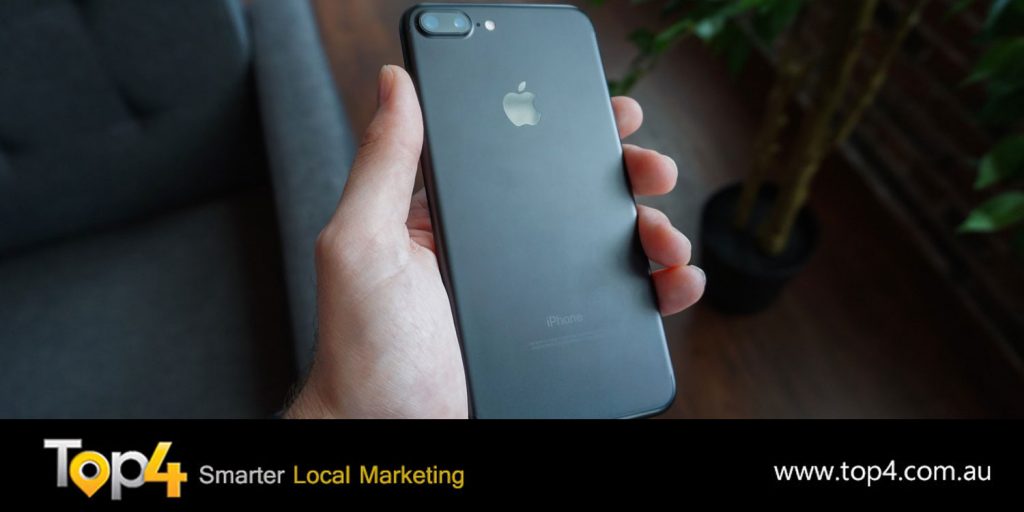In the space of a decade, the iPhone changed the face of the mobile industry, impacted consumers lifestyles and shifted the playing field of digital advertising.
“You know, everybody has a cell phone, but I don’t know one person who likes their cell phone. I want to make a phone that people love.”
– Steve Jobs, Co-founder and CEO, Apple
This year, Apple’s iconic iPhone celebrates its ten year anniversary. Since its launch in 2007, Apple has sold over a billion Apple iPhones, dominating the smartphone market and accounting for 17.9% of total market share. Apple’s then-revolutionary technology galvanized the smartphone market and inspired a new wave of both mobile manufacturers and users. Today, there are over 2 billion smartphone users worldwide.
Pioneering the smartphone
The iPhone’s popularity not only transformed the smartphone market, it also played a significant role in the success of social media platforms such as Facebook, Instagram, and Twitter by bringing apps into the mainstream. When Apple launched its App Store a year after the first iPhone was released, it had just 500 apps available – whereas now there are over 2.2 million.
However, while the iPhone was ahead of its time in many ways and experienced fast adoption by consumers, Apple wasn’t the first company that sought to integrate internet services within a mobile device. Five years ahead of the iPhone’s launch in 2002, Nokia launched its 3510 model, which utilised General Packet Radio Service (GPRS) to deliver internet services to its consumers.
Nokia 3510 with General Packet Radio Service (GPRS)
Directing digital advertising
Along with its impact on the success of social media, the iPhone has had a huge impact on the digital advertising industry. Ten years ago, global mobile advertising spend totaled just $1.7 billion – this year it is estimated to amount to $143 billion. By 2020, mobile advertising is set to make up over half of all digital ad spend, and this figure is expected to soar.
Mobile’s impact on the rise of digital advertising coincides with the growing success of native advertising. As recently as 2013, native advertising was still very much at inception stage as brands and marketers experimented with this digital advertising format. Fast forward to 2017, and native advertising has become an essential form of advertising for brands.
Today’s consumers expect a seamless mobile experience, uninterrupted by pop-up ads. Research has revealed that consumers “hate” mobile ads more than they hate ads on desktop, but native advertising is able to get around this issue as they are tailored to fit the unique format of an app or publishing platform.
The consumer revolution
80% of consumers say that they already accept native advertising as a form of content, while Facebook found that 63.2% of all mobile display adverts will be displayed in a native format within the next three years. This wide acceptance of native advertising is expected to amount to a staggering $53 billion in ad spend.
Mobile only advertising models are becoming the norm, with a significant amount of budget allocated to native advertising. Brands need to be where their audience is in order to succeed – and their audience is online. They do, however, need to tread carefully so they don’t turn-off prospective buyers by disrupting their customer experience.
In the space of a decade, the iPhone changed the face of the mobile industry, impacted consumers lifestyles and shifted the playing field of digital advertising. Technology moves fast, however, and Apple needs to continue to innovate in order to stay ahead of the curve and retain market share for the next ten years.
Source: Digital Doughnut

